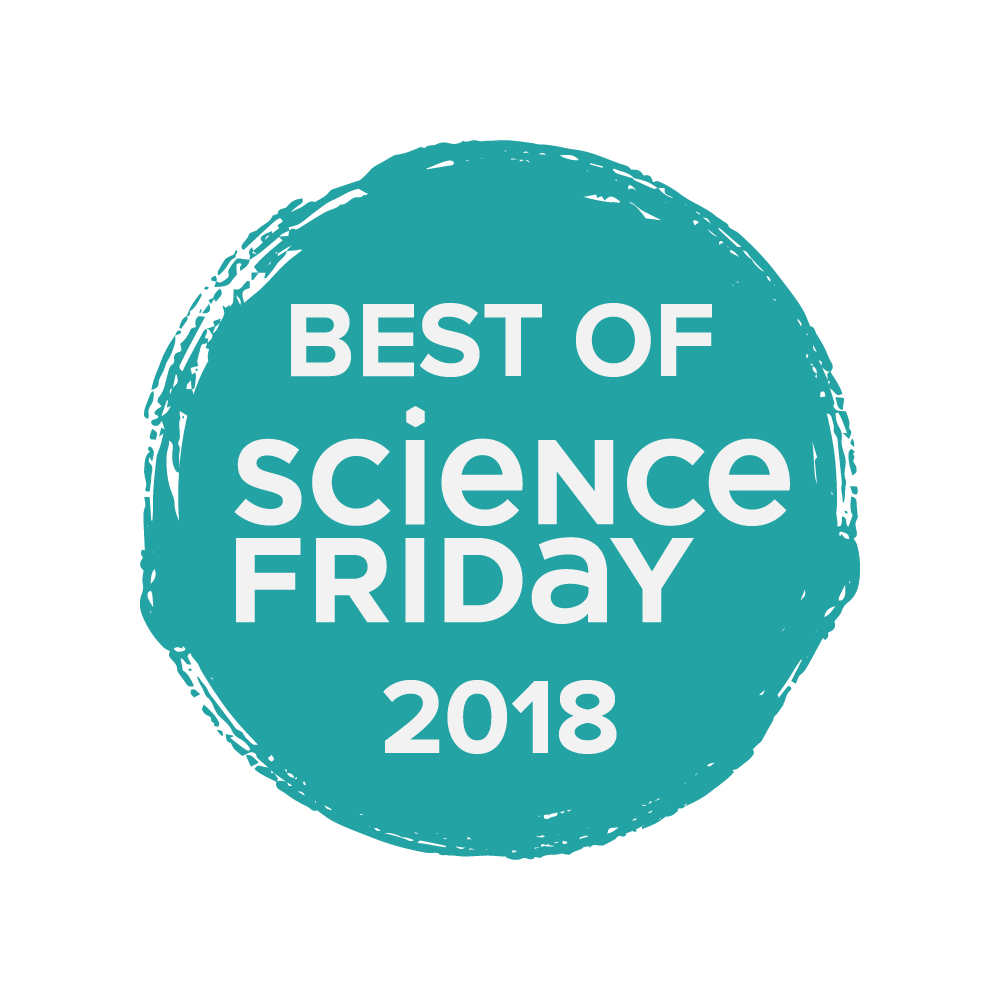 For Alexis Noel, it all started with a blanket.
For Alexis Noel, it all started with a blanket.
The Ph.D student of mechanical engineering was at home with her cat Murphy one day when Murphy, most likely intrigued by a smell, started licking a blanket. Interestingly, the cat’s tongue got stuck. She’d heard that cat’s tongues are like sandpaper, but sandpaper wouldn’t stick to a blanket the same way her cat’s tongue was. “And the scientist in me was like, what just happened?” she asked.
So, she started investigating.

If you look at a cat tongue, you’ll see a great deal of small spines that resemble hooks, called papilla. The going theory was that the papilla were shaped this way to help strip meat off a bone. Noel put that theory to test by rubbing a dissected cat tongue on pork and found that, yes, the papilla were very good at getting meat off.
But as she was rinsing off the tongue, Noel noticed that the meat was dying the tongue red and she couldn’t get that color out. She took a 3D scan of one of the papilla. In the scan, they found the smoking gun—on the underside of the papilla was an scoop-shaped indentation. “My mind was blown. It was totally contradictory to all of the previous literature,” she said.

Turns out the little scoops are great at pulling in and store liquid, making it an ideal delivery system for distributing saliva deep into the cat’s fur while it’s grooming.
She also learned that the scoop-shaped papilla, which are found in feline species from house cats all the way up to tigers, were all the same size; there were just more of them on the animals’ tongues. The way these papilla are shaped and directed could lead to the development of more efficient hairbrushes.
There’s a downside to those efficient papilla, however. “If you’ve ever wondered why cats get hairballs,” Noel says, “it’s because the fur they collect with their tongue can only go one direction.”
Hairballs aside, Noel thinks that cat tongues are just the beginning. “I think there are still things about cats that we haven’t even discovered yet,” she says. “I think they’re a really interesting animal to study.”

Credits
Produced by Luke Groskin
Filmed by Brandon Swanson
Article by Daniel Peterschmidt
Music by Audio Network
Live Cats filmed at Happy Tabby Cat Cafe
Additional Footage ands Stills by Alexis Noel, Candler Hobbs, David Hu, Joseph Cebak,
Pond5, Youtube User Commissarius, Emmanuel Keller (C.C. BY 2.0), Shutterstock
Special Thanks to David Hu Lab and the Happy Tabby Cat Cafe
All tongues were donated post-mortem. No cats were harmed in the making of this video.
Although some were given a ton of catnip.
Meet the Producers and Host
About Luke Groskin
@lgroskinLuke Groskin is Science Friday’s video producer. He’s on a mission to make you love spiders and other odd creatures.
About Dee Peterschmidt
Dee Peterschmidt is a producer, host of the podcast Universe of Art, and composes music for Science Friday’s podcasts. Their D&D character is a clumsy bard named Chip Chap Chopman.